
The new flow cytometer offers full automation and enhanced software to alleviate bottlenecking.

The new flow cytometer offers full automation and enhanced software to alleviate bottlenecking.

Shimadzu’s C2MAP-2030 system can improve operational efficiency for optimizing and controlling the cell culturing process.

Agilent’s updated portfolio of products for immunotherapy researchers provides cell-based tools for translational research and development.
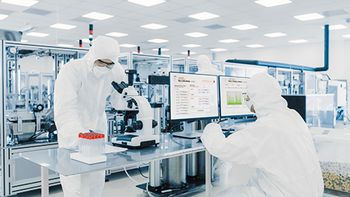
Making siloed data accessible across functions and to contract partners is the first step to facilitating continuous improvement and enabling use of artificial intelligence in manufacturing.

Stuart Jones, regulatory quality assurance professional in good laboratory practice (RQAP-GLP) and director of quality assurance at PPD Laboratories’ Bioanalytical Laboratory shared GLP best practices with BioPharm International.

Drug developers must understand the complex bioanalytical assays for cell- and gene-therapy drug development programs and ensure that partners have the specialized expertise needed for complex therapeutic classes.
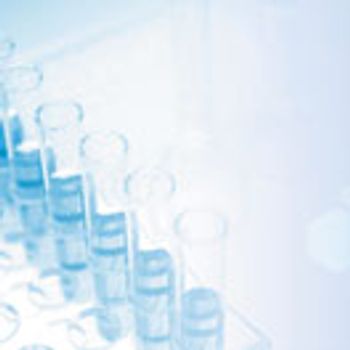
Laboratory test methods evaluate cleaning agents and cleaning process design for removing resin residues from the surfaces of non-dedicated chromatography columns systems.

Katalyst D2D from ACD/Labs enables the design, planning, execution, and analysis of high throughput (HT) experiments. The web-based application was introduced at Pittcon 2019 in Philadelphia, PA.

Sartorius Stedim Biotech (SSB) and Novasep will partner to develop systems for membrane chromatography using Novasep’s BioSC platform and SSB’s single-use technology.

In light of recent FDA guidance on data integrity, the challenges and benefits of using the public cloud to deploy and use data management software are discussed.
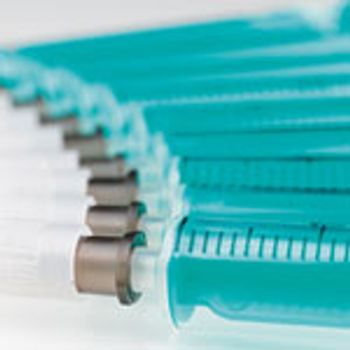
Both empty and filled syringes must pass a range of tests to meet quality standards for biopharmaceutical drugs.

The TSKgel FcR-IIIA-NPR HPLC column from Tosoh Bioscience is a FcRγ affinity chromatography analysis column suited for the analysis of immunoglobulin G glycoforms.

The companies will develop a software-connected pipetting system for improved reproducibility and traceability in life-science laboratories.

Formulatrix’s FLO i8 and Flow Axial Seal Tip liquid handlers offer automated transferring.
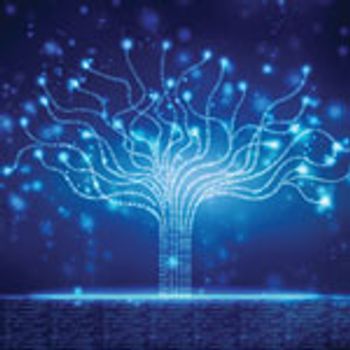
Leveraging vast quantities of analytical data requires digitalization and platform integration.
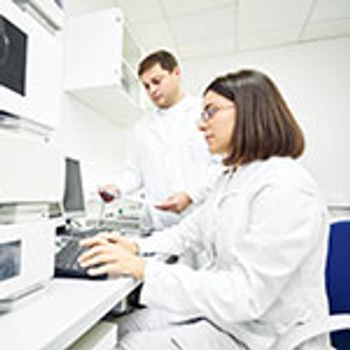
Determining a peptide’s purity is challenging because impurities are often structurally similar to each other and the API and can be present at very low concentrations. New approaches offer a solution.

SGS announces expansion of cell bank and bulk harvest testing services.

The company has built a fit-for-purpose liquid chromatography–mass spectrometry (LC–MS) system to streamline analytical monitoring tests for biopharmaceuticals.

Compensation and professional challenges are key pieces to solving the biopharma employee satisfaction puzzle.

Kinetic models can be used to study aggregation and fragmentation to help ensure stability.

New FDA guidance developed to identify lapses in data integrity and promote best practices.

Microbial identity data can be critical for determining contamination sources.

Unprocessed bulk material harvested directly from the bioreactor should be tested for contamination prior to downstream processing.

Fluorescence has long been used to detect biological targets. As these measurements are becoming more and more quantitative, standards are needed to ensure accuracy and reproducibility.

Cytek Biosciences’ Northern Lights series of advanced flow cytometry systems brings reagent and application flexibility to more labs while enhancing performance.